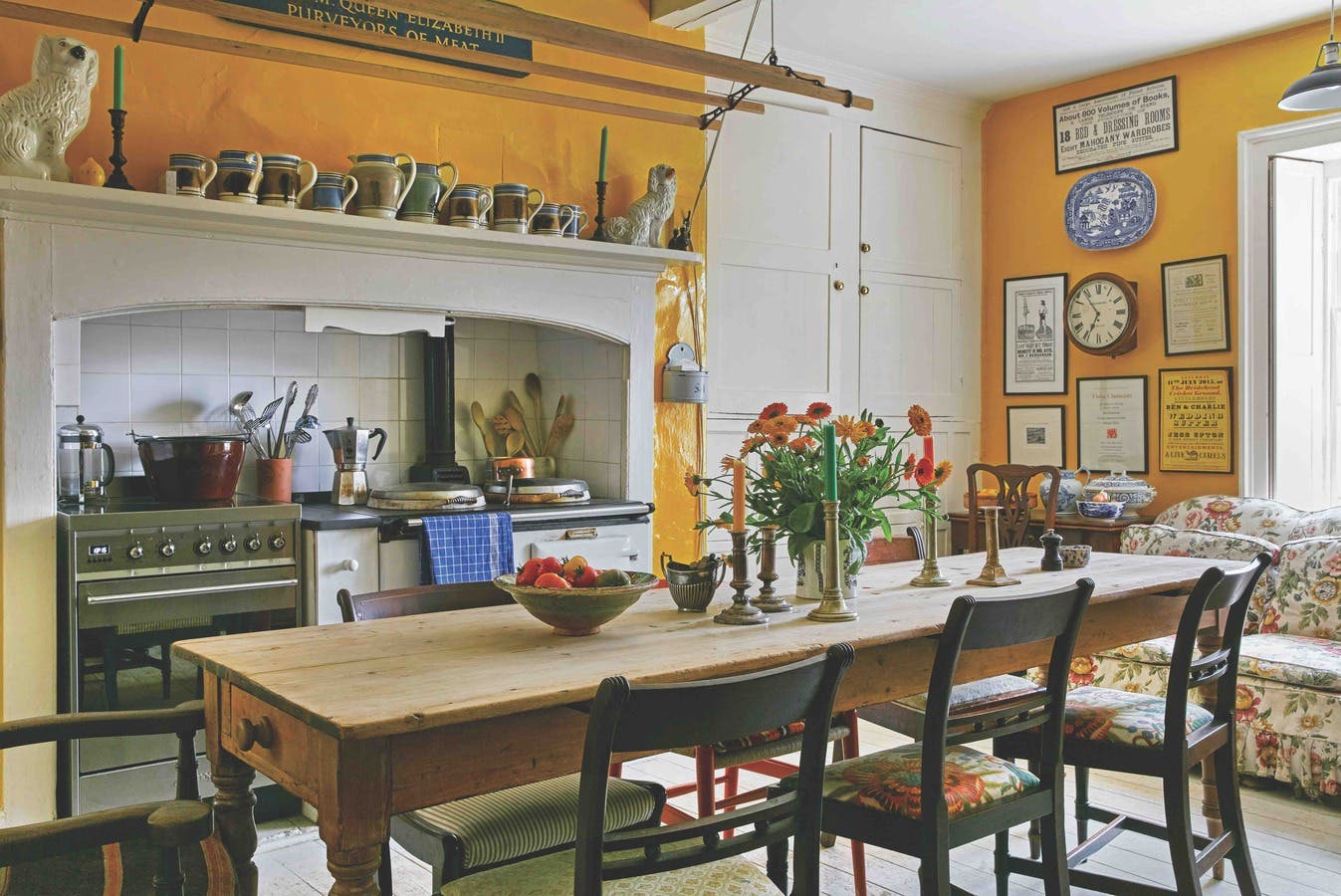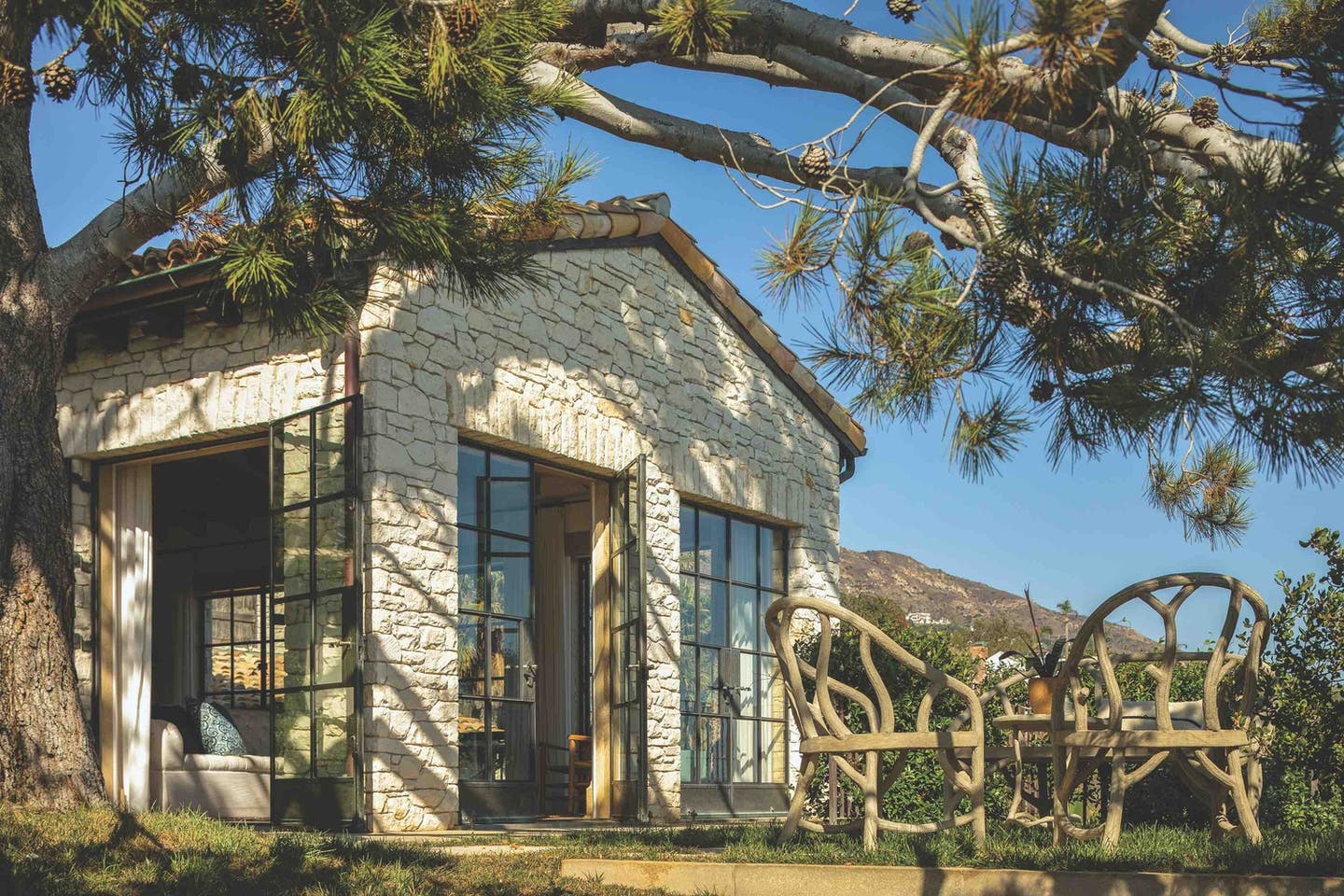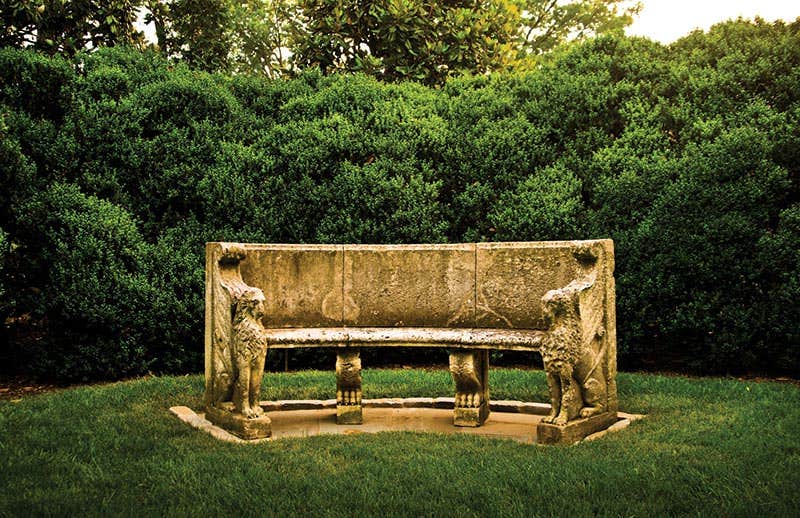
Projects
Redesigning the Historic Gardens of Boxwood
Project: Gardens at Boxwood, Nashville, TN
Landscape Architect: Page Duke Landscape Architecture, Nashville, TN; Ben Page, founding principal; Gavin Duke, principal
Architect: G. P. Schafer Architect, PLLC, New York, NY; Gilbert P. Schafer III, AIA, principal
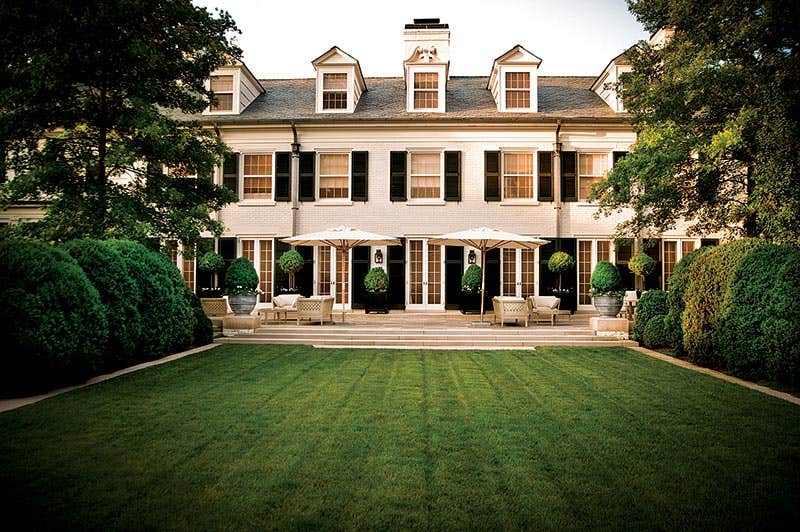
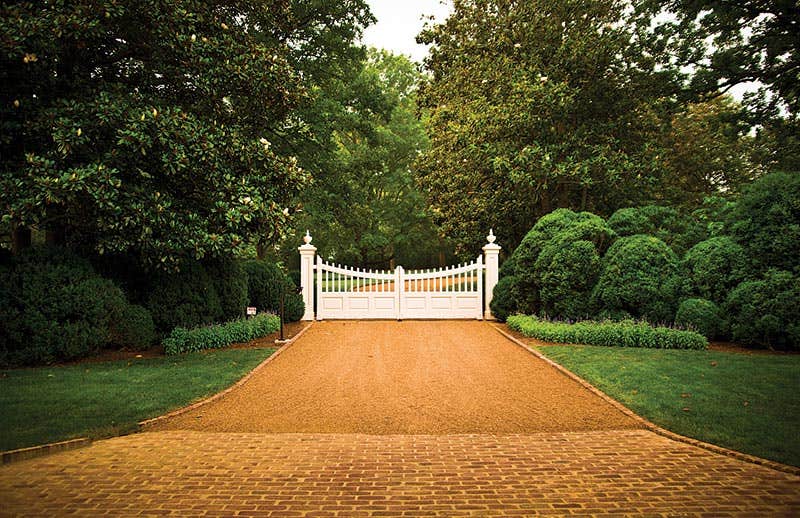
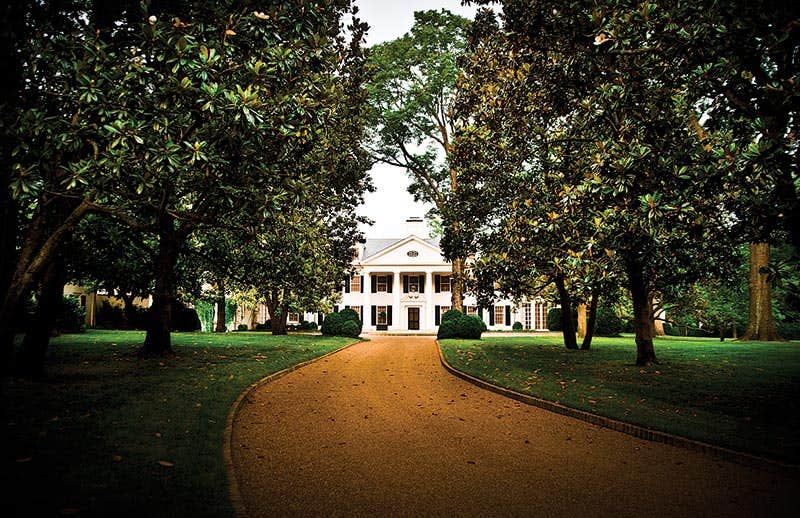
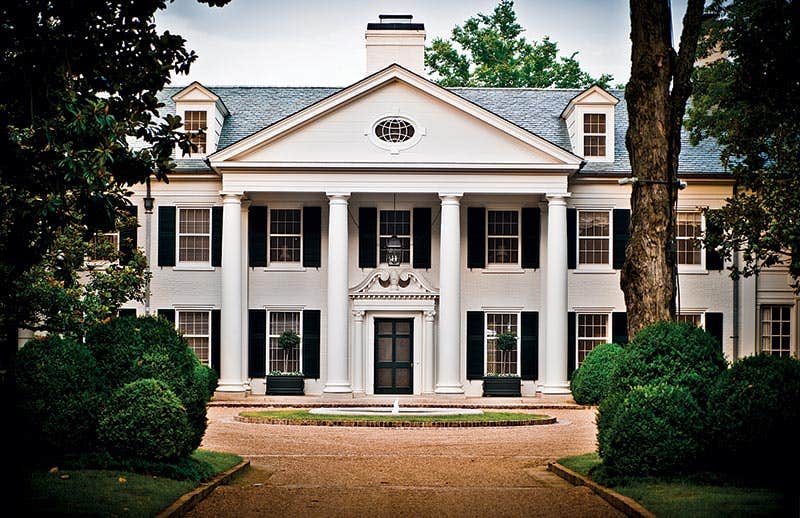
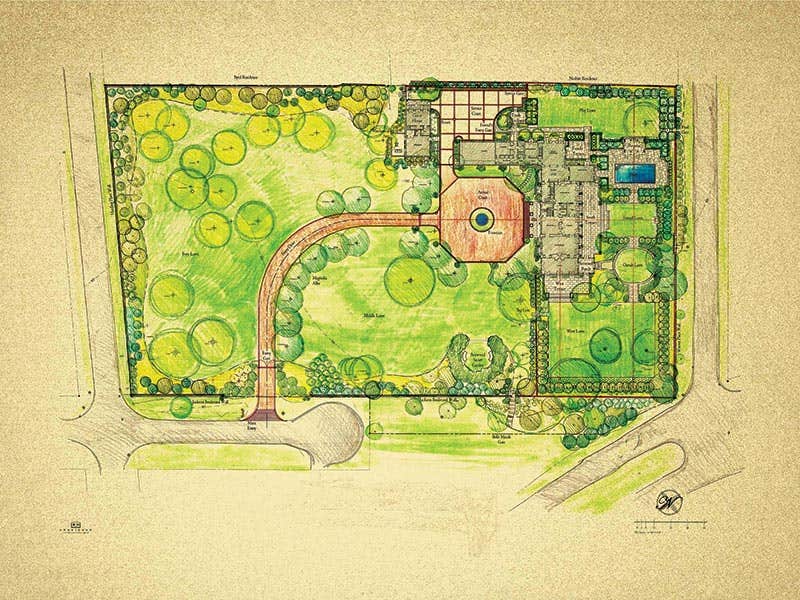
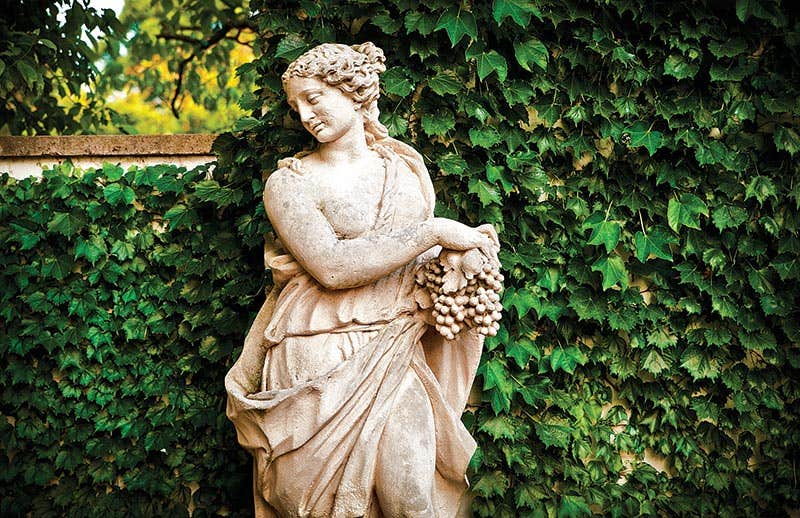
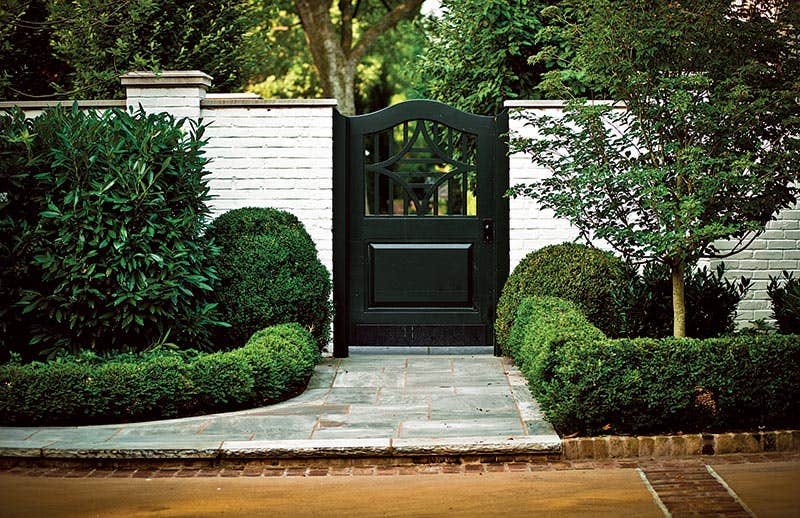
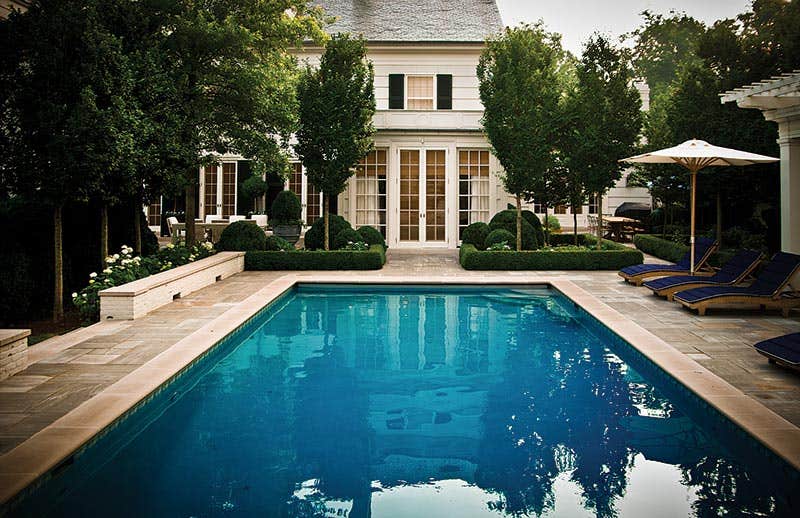
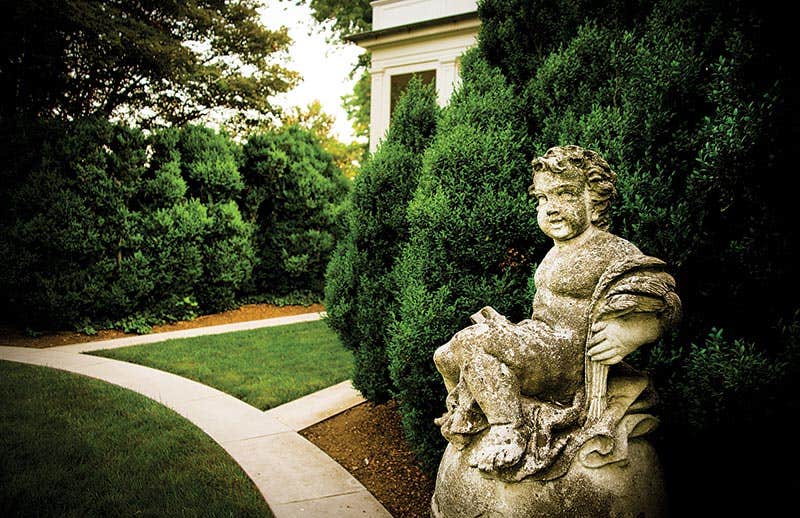
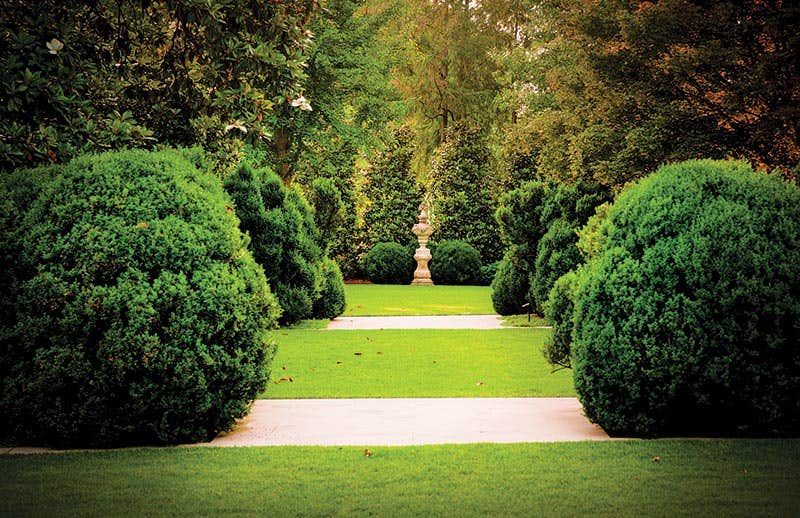
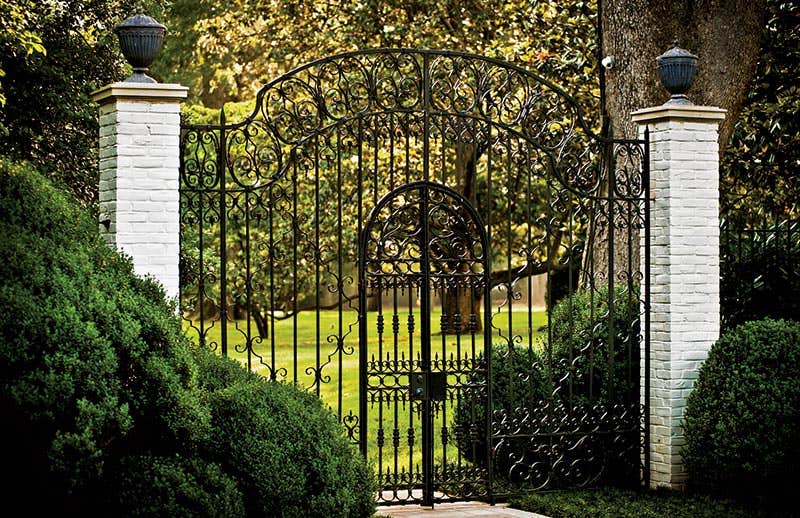

Boxwood, a handsome residence in Nashville’s affluent and traditional Belle Meade neighborhood, is the work of prominent American Renaissance architect and landscape designer Charles A. Platt. It had undergone several transformations before a recent renovation by award-winning architect Gil Schafer, AIA, principal of New York, NY-based G. P. Schafer Architect.
Built in 1915, Boxwood started out as an understated six-bedroom Georgian farmhouse that connected harmoniously with the outdoors. At the back, a row of tall French doors opened to the gardens and a terrace on the western end lead to lush green lawns and a secret garden. In the 1950s, the new owners decided to inject the home with a dose of grandeur by adding a dramatic two-story Corinthian portico to the entry façade with a pair of stone lions and a large fountain in the arrival court. They also eliminated many of the garden-facing French doors. One of Schafer’s goals, in addition to renovating Boxwood to suit the needs of a young couple with children, was to restore the home’s connection with its surroundings – a quality Platt had successfully established nearly a century ago.
With this in mind, both the clients and Schafer approached principal Gavin Duke of Page Duke Landscape Architecture to redesign the historic gardens of Boxwood. The firm had worked on the property with several owners over the years and was thrilled to be involved once again. When Duke arrived at the four-acre site, the gardens had become tired and a bit overgrown. It also retained some of the grand elements by past designers that clashed with Platt’s simple elegance. “We needed a fresher, more energetic landscape,” says Duke. “The clients wanted different places to enjoy the outside, like outdoor rooms. Our challenge was to create different rooms in the garden with some that felt more public, as they do entertain, and some that were private for the family to gather, feel comfortable and embrace the landscape.
“My inspiration for the design came from the continuation of the architecture,” says Duke. “The style is Classical in nature and is based off of the axial views within the house and the cross axes that continue these views. For instance, there is a moment when one can view all the way from the front door through the entry hall and library onto the south terrace and into the formal lawn at the rear. It is sort of a connection of greenery throughout the views of the house.”
The property’s mahogany entry gate was designed in collaboration with Schafer to complement the architecture. It opens to a winding driveway of shoot and chip, a surface made of pea gravel and asphalt cement, bordered with bricks from Salisbury, NC-basedOld Carolina Brick Company. The drive was manipulated to pass through an existing magnolia allée, which was one of the historic elements of the site. Trees were trimmed to create a more open atmosphere and to allow adequate sunlight for the lawn. A low 3-ft. high fieldstone wall capped with leaning stones encloses the front lawn.
The large fountain in the arrival court was removed for an in-ground bubbler fountain ringed with limestone and centered on a panel of grass. “We didn’t like the existing fountain’s height or its central element,” says Duke. “It seemed a little too overpowering. The new fountain allows for a subtle approach and visitors are now presented with the architecture instead.”
To a backdrop of Boston Ivy, the existing Four Seasons sculptures are lined up along the backside of the three-bay garage, a 1950s addition that forms an ell with the house. The garage now opens to a new service court of top-cast concrete with brick banding that forms a grid pattern. Diagonal to the garage, the guesthouse features a new rose garden and boxwood hedge.
“The main importance of the garage side in Nashville,” says Duke, “is that visitors who want to use the pool usually pull into the service court, so we created what we call a ‘friends’ entry,’ which is a 6-ft. dark green wooden gate with fretwork; and a sidewalk of gray crab orchard stone takes the guests into the family entertaining play lawn.
“The house has an immense front lawn, almost 2.5 acres, so the rear yard is not that big,” continues Duke. “Parallel to the back of the house is a side street so we had to figure out ways to screen and conceal for privacy and make it not feel like an urban setting.”
The play lawn, pool and family terrace connect to the breakfast and family rooms, both of which open to the kitchen, to form the casual spaces for the family. A wall of cedars in the play lawn are planted for privacy against the busy street at the back of the property while a single Chamaecyparis is tucked within the cedars to align with the family terrace walkway to create a focal point.
A small herb garden of rosemary, thyme, oregano, basil and sage in clay pots, which were manufactured by Warwickshire, England-based Whichford Pottery, sits on the family terrace along with the BBQ grill and outdoor dining area. The 720-sq.ft. pool features tile by Exmore, VA-based New Ravenna Mosaics in a wave pattern. Brick seat walls topped with limestone were built to complement a pergola designed by Schafer. Framing the pool are garden beds of boxwood hedges, Endless Summer hydrangeas and Parrotia trees; Fastigiata hornbeams and Emerald Green arborvitae form the perimeter.
“Most of the plants selected are indigenous to our area and grow in our climate,” says Duke. “A majority of the plants are low maintenance. The hornbeams by the pool can be a little more involved because we pleached those. We clipped the tops and sides in a square pattern to create a garden room that doesn’t get out of hand.”
The south terrace runs parallel with an enfilade Schafer incorporated in his design to unite the home’s formal and casual spaces. Planter boxes, fabricated by Nashville, TN-based Vintage Millworks, made of Douglas fir and planted with boxwood topiaries are placed at intervals on the terrace with the French doors. Lead urns, fabricated by Cambridgeshire, England-based Bulbeck Foundry, along with two matured oaks that were transplanted via cranes are on either side of the steps leading to the formal lawn. A French drainage system consisting of perforated pipes wrapped in filter fabric and sandy soils were installed in the lawn to allow the homeowners to entertain soon after heavy rains.
A screened porch on one end of the south terrace transitions to the west terrace and also opens to the cherub lawn – an existing garden that the clients requested to remain. The oval-shaped garden features a panel of grass at the center bordered with limestone and boxwoods. Existing 1940s cherubs representing the four seasons were restored, set on square limestone plinths and placed at the corners. “We added the limestone border and plinths because we felt it was a better connection for all these garden lawns,” says Duke.
The west lawn and terrace is the largest garden room at the rear. The lions on the front portico were moved to the terrace. A garden finial element, found by the team while trimming back plants in the arrival court, is placed on axis with the rest of the garden rooms to further reinforce the east-west symmetry. Taking cues from the allée on the front lawn, a wall of magnolias, along with existing oak trees, and a wrought-iron gate encloses the west lawn. “We had the gate restored and brought back to the site to preserve the historic integrity of the existing elements and to make it feel like we didn’t make drastic changes,” says Duke. Just beyond the west lawn, a smaller wrought-iron gate was inspired by the west terrace gate for a short walkway to the country club across the street.
In the elliptical secret garden, one of two original stone benches had been broken into several pieces by a fallen tree and was restored by Jim Evinczik of Pleasant View, TN-based Villa Designs. The grass at the center was coaxed to grow and a new boxwood hedge back-planted with magnolias completes the garden.
After more than six decades, the gardens at Boxwood are once again in concert with the architecture the way that Platt had intended. Additionally, they have been updated to fit the needs of a modern family. As written in Gil Schafer’s book,The Great American House: Tradition for the Way We Live Now, “Boxwood is all about the pleasure of unconstrained seeing – from room to room, and from house to garden. Indeed, when my clients have a party, the main floor and the gardens that surround it become a vast social space through which their guests can circulate – a very modern experience in a historic setting.”



